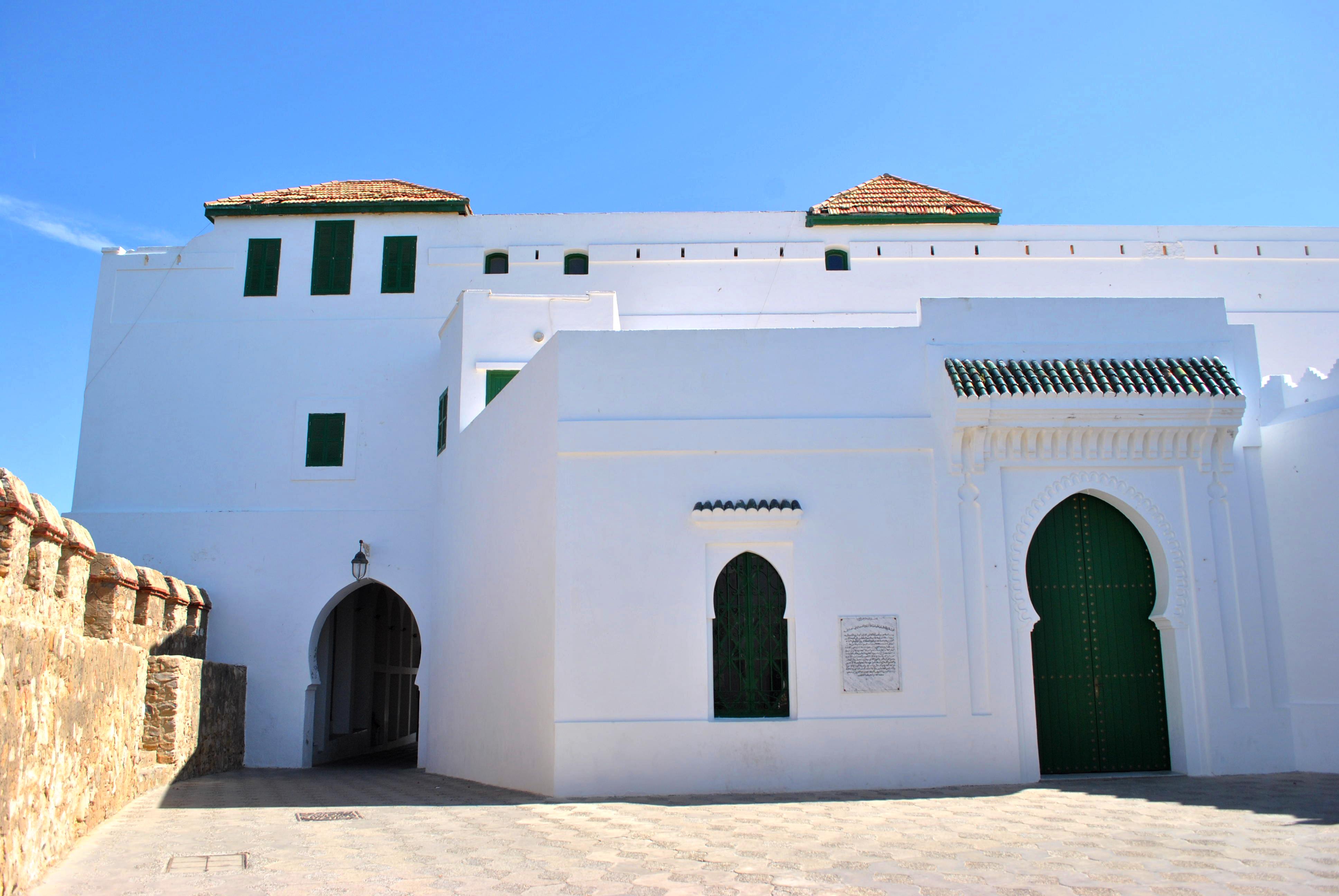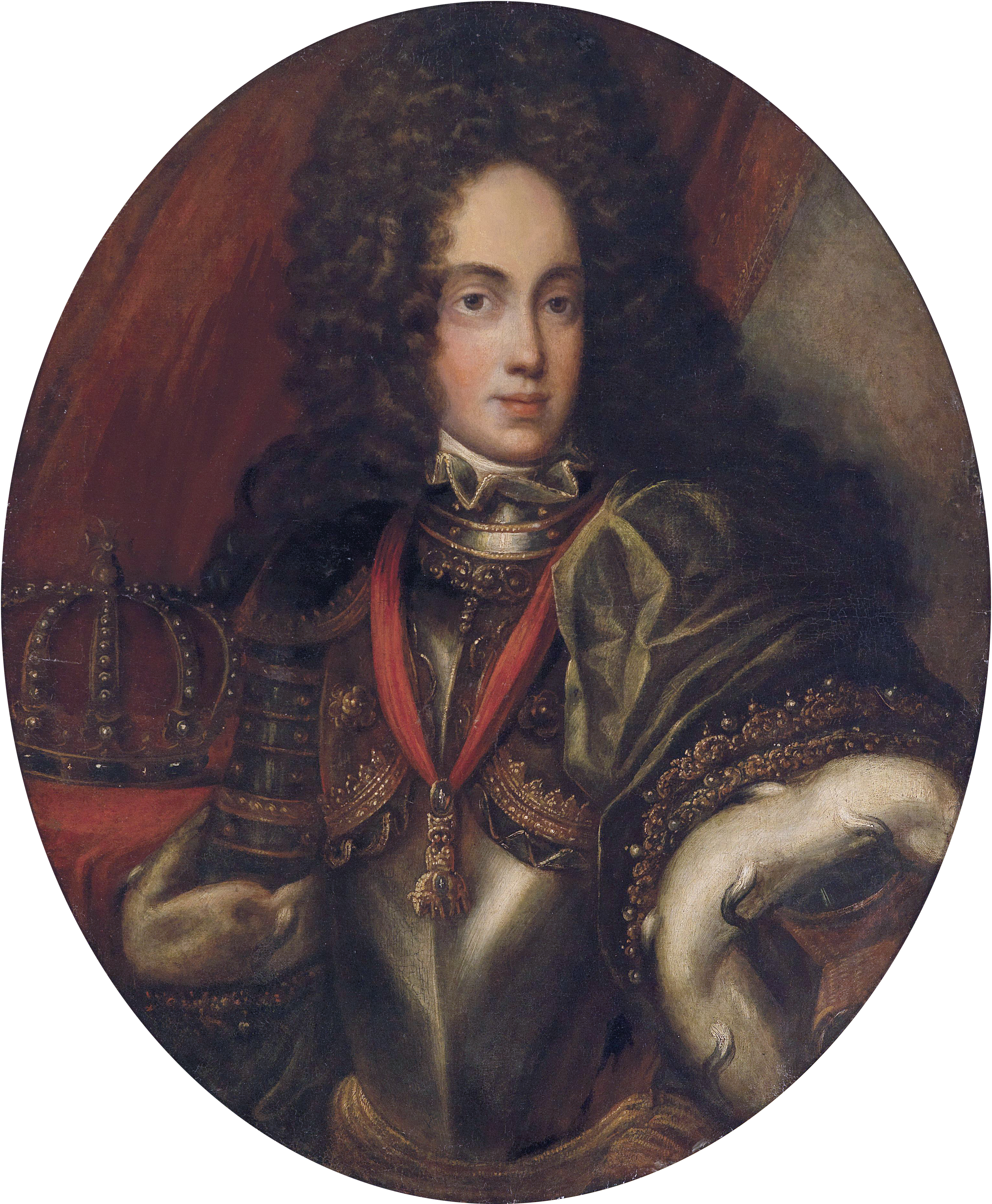|
Sieges Of Ceuta (1694–1727)
The sieges of Ceuta, also known as the thirty-year siege, were a series of blockades by Moroccan forces of the Spanish-held city of Ceuta on the North African coast. The first siege began on 23 October 1694 and finished in 1720 when reinforcements arrived. During the 26 years of the first siege, the city underwent changes leading to the loss of its Portuguese character. While most of the military operations took place around the city walls ( es, Murallas Reales), there were also small-scale penetrations by Spanish forces at various points on the Moroccan coast, and the seizure of shipping in the Strait of Gibraltar. The city was placed under a second siege in 1721 until 22 April 1727. The engagements are considered to be the longest siege in history. Background Ismail bin Sharif had succeeded in creating a new state able to challenge European powers in North Africa, as well as the Ottoman Empire in present-day Algeria. His forces had captured Mehdya, Tangier, Larache and most ... [...More Info...] [...Related Items...] OR: [Wikipedia] [Google] [Baidu] |
Ceuta
Ceuta (, , ; ar, سَبْتَة, Sabtah) is a Spanish autonomous city on the north coast of Africa. Bordered by Morocco, it lies along the boundary between the Mediterranean Sea and the Atlantic Ocean. It is one of several Spanish territories in Africa and, along with Melilla and the Canary Islands, one of only a few that are permanently inhabited by a civilian population. It was a regular municipality belonging to the province of Cádiz prior to the passing of its Statute of Autonomy in March 1995, henceforth becoming an autonomous city. Ceuta, like Melilla and the Canary Islands, was classified as a free port before Spain joined the European Union. Its population consists mainly of Christians and Muslims. There is also a small minority of Sephardic Jews and Sindhi Hindus, the latter of whom originate from current-day Pakistan. Spanish is the only official language, but Darija Arabic is quite prominent as well. Names The name Abyla has been said to have been a ... [...More Info...] [...Related Items...] OR: [Wikipedia] [Google] [Baidu] |
Asilah
Asilah (; ar, أزيلا or أصيلة; pt, Arzila; es, Arcila) is a fortified town on the northwest tip of the Atlantic coast of Morocco, about south of Tangier. Its ramparts and gateworks remain fully intact. History The town's history dates back to 1500 B.C., when Phoenicians occupied a site called Silis, Zili, Zilis, or Zilil ( xpu, 𐤀𐤔𐤋𐤉𐤕, , or xpu, 𐤔𐤋𐤉, ) which is being excavated at Dchar Jdid, some NE of present Asilah; that place was once considered to be the Roman stronghold Ad Mercuri, but is now accepted to be Zilil. The town of Asilah itself was partly constructed by the Idrisid dynasty, and Cordoban caliph Al-Hakam II rebuilt the town in 966. The Portuguese conquered the city in 1471 and built its fortifications, but it was abandoned because of an economic debt crisis in 1549. In 1578, Sebastian of Portugal used Asilah as a base for his troops during a planned crusade that resulted in Sebastian's death, which in turn caused the Portug ... [...More Info...] [...Related Items...] OR: [Wikipedia] [Google] [Baidu] |
War Of The Quadruple Alliance
The War of the Quadruple Alliance (1718–1720) was caused by Spanish attempts to recover territories in Italy ceded in the 1713 Peace of Utrecht. Largely focused on Sicily, it included minor engagements in North America and Northern Europe as well as the Spanish-backed Jacobite rising of 1719 in Scotland. In August–October 1717, Spain recaptured Sardinia from Habsburg Austria with little opposition, which it then followed by a landing in Sicily in July 1718. On 2 August 1718, a Quadruple Alliance was formed by Britain, France, Austria, and the Dutch Republic. The war ended with the 1720 Treaty of The Hague, which restored the position prior to 1717, but with Savoy and Austria exchanging Sardinia and Sicily. Background Post-1714, Spain recovered remarkably quickly from the War of the Spanish Succession, thanks to reforms initiated by chief minister Giulio Alberoni, supported by his fellow Italian Elisabeth Farnese, who became Philip V's second wife in 1714. In the 1 ... [...More Info...] [...Related Items...] OR: [Wikipedia] [Google] [Baidu] |
Battle Of Málaga (1704)
The battle of Málaga, also known as the battle of Vélez-Málaga, was a major fleet action which took place during the War of the Spanish Succession between an Anglo- Dutch fleet and a French naval force on 24 August 1704. Both sides fought an intense engagement before the Anglo-Dutch fleet withdrew the next day. The French subsequently returned to Toulon, transforming the battle from a tactical stalemate into a strategic defeat, as they would not put out to sea again for the duration of the conflict. Occurring soon after the Anglo-Dutch capture of Gibraltar a few weeks prior, the battle served as one of the numerous engagements which took place for control over the settlement during the war. In 1701, the War of the Spanish Succession broke out, pitting the Bourbon kingdoms of France and Spain against Grand Alliance, which included the English and Dutch. An Anglo-Dutch fleet under Sir George Rooke was sent into the Mediterranean in 1704, capturing Gibraltar on 4 August. U ... [...More Info...] [...Related Items...] OR: [Wikipedia] [Google] [Baidu] |
Peninsula Of Almina
The Península de Almina is a peninsula making up much of the eastern part of the Spanish city of Ceuta in Africa. It is dominated by the peak of Monte Hacho. The peninsula contains Ceuta's easternmost point, Punta Almina, accessed November 2012 and is connected to the rest of Ceuta by an isthmus
An isthmus (; ; ) is a narrow piece of land connecting two larger areas across an expanse of water by which they are otherwise separated. A tombolo is an isthmus that consists of a spit or bar, and a strait is the sea counterpart of an isthm ... barely in width.
The small [...More Info...] [...Related Items...] OR: [Wikipedia] [Google] [Baidu] |
Charles VI, Holy Roman Emperor
, house = Habsburg , spouse = , issue = , issue-link = #Children , issue-pipe = , father = Leopold I, Holy Roman Emperor , mother = Eleonore Magdalene of Neuburg , birth_date = , birth_place = Hofburg Palace, Vienna , death_date = , death_place = Palais Augarten, Vienna , place of burial = Imperial Crypt , signature = Signatur Karl VI. (HRR).PNG , religion = Roman Catholicism Charles VI (german: Karl; la, Carolus; 1 October 1685 – 20 October 1740) was Holy Roman Emperor and ruler of the Austrian Habsburg monarchy from 1711 until his death, succeeding his elder brother, Joseph I. He unsuccessfully claimed the throne of Spain following the death of his relative, Charles II. In 1708, he married Elisabeth Christine of Brunswick-Wolfenbüttel, by whom he had his four children: Leopold Johann (who died in infancy), Maria Theresa (the last direct Habsburg sovereign), Maria ... [...More Info...] [...Related Items...] OR: [Wikipedia] [Google] [Baidu] |
Prince George Of Hesse-Darmstadt
Prince George Louis of Hessen-Darmstadt (1669 – 13 September 1705) was a Field Marshal in the Austrian army. He is known for his career in Habsburg Spain, as Viceroy of Catalonia (1698–1701), head of the Austrian army in the War of the Spanish Succession (1701–1705) and governor of Gibraltar in 1704. He was killed during the Siege of Barcelona the following year. He was known in Spanish as Jorge de Darmstadt and in Catalan as Jordi Darmstadt. Early life Born in Darmstadt, Hessen, Germany in 1669, George Louis of Hesse-Darmstadt was the third son of Louis VI, Landgrave of Hesse-Darmstadt. After the early death of his father, he was raised by his mother Elisabeth Dorothea of Sachsen-Gotha. In 1686 he undertook a "Grand Tour" through France and Switzerland. As youngest son, he had little chance of becoming Landgrave, and therefore he was destined for a military career. Military career First he fought against the Turks under Prince Eugene of Savoy. He was present at ... [...More Info...] [...Related Items...] OR: [Wikipedia] [Google] [Baidu] |
War Of The Spanish Succession
The War of the Spanish Succession was a European great power conflict that took place from 1701 to 1714. The death of childless Charles II of Spain in November 1700 led to a struggle for control of the Spanish Empire between his heirs, Philip V of Spain, Philip of Anjou and Charles VI, Holy Roman Emperor, Charles of Austria, and their respective supporters, among them Spanish Empire, Spain, Habsburg monarchy, Austria, Kingdom of France, France, the Dutch Republic, Savoyard state, Savoy and Kingdom of Great Britain, Great Britain. Related conflicts include the 1700–1721 Great Northern War, Rákóczi's War of Independence in Kingdom of Hungary (1526–1867), Hungary, the Camisards revolt in southern France, Queen Anne's War in North America and minor trade wars in colonial India, India and New Spain, South America. Although weakened by over a century of continuous conflict, Spain remained a global power whose territories included the Spanish Netherlands, large parts of Italy, ... [...More Info...] [...Related Items...] OR: [Wikipedia] [Google] [Baidu] |
Tarifa
Tarifa (, Arabic: طريفة) is a Spanish municipality in the province of Cádiz, Andalusia. Located at the southernmost end of the Iberian Peninsula, it is primarily known as one of the world's most popular destinations for windsports. Tarifa lies on the Costa de la Luz ("coast of light") and across the Strait of Gibraltar facing Morocco. Besides the city proper, the municipality also comprises several villages, including Tahivilla, Facinas, and Bolonia. History It was thought that Tarifa was once the site of the Roman settlement of Julia Transducta (also known as Julia Joza, or just Transducta). However, that settlement is now thought to have been where Algeciras now stands, while there is strong evidence that Casas de Porro, Valdevaqueros (Tarifa) was the site of the settlement of Mellaria. Tarifa was given its present name after the attack of Tarif ibn Malik in 710, a Berber military commander of Musa bin Nusayr. The village of Bolonia near Tarifa was also popul ... [...More Info...] [...Related Items...] OR: [Wikipedia] [Google] [Baidu] |
Peninsular Spain
Peninsular Spain refers to that part of Spanish territory located within the Iberian Peninsula, thus excluding other parts of Spain: the Canary Islands, the Balearic Islands, Ceuta, Melilla, and a number of islets and crags off the coast of Morocco known collectively as ''plazas de soberanía'' (places of sovereignty). In Spain it is mostly known simply as ''la Península''. It has land frontiers with France and Andorra to the north; Portugal to the west; and the British territory of Gibraltar to the south. Characteristics Peninsular Spain is 492,175 km2 in area - and in population - 43,731,572. It contains 15 of the autonomous communities of Spain. Occupying the central part of Spain, it possesses much greater resources and better interior and exterior communications than other parts of the country. To redress this imbalance, Spanish residents outside the peninsula receive a state subsidy for transport to and from the peninsula. [...More Info...] [...Related Items...] OR: [Wikipedia] [Google] [Baidu] |
.jpg)





.jpg)